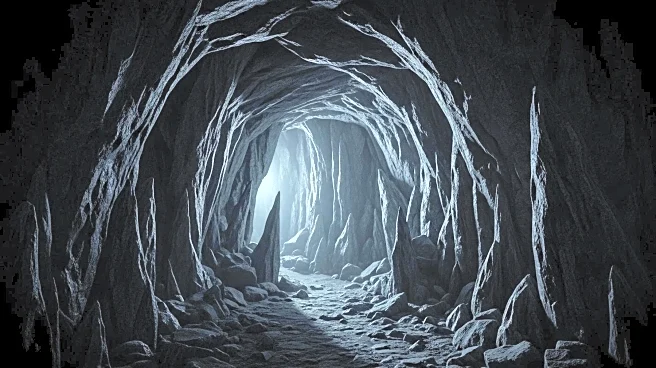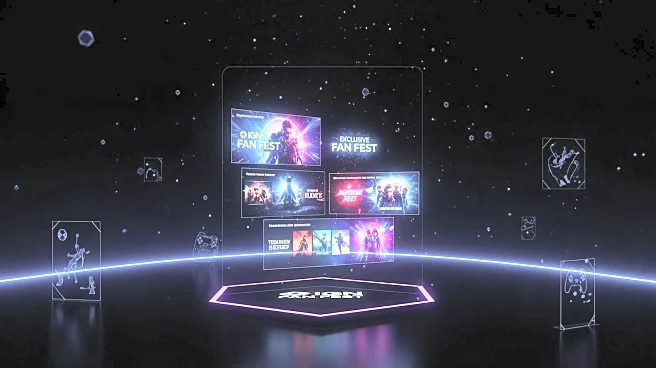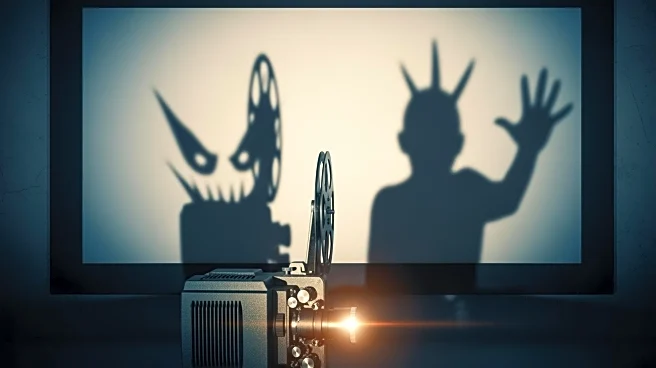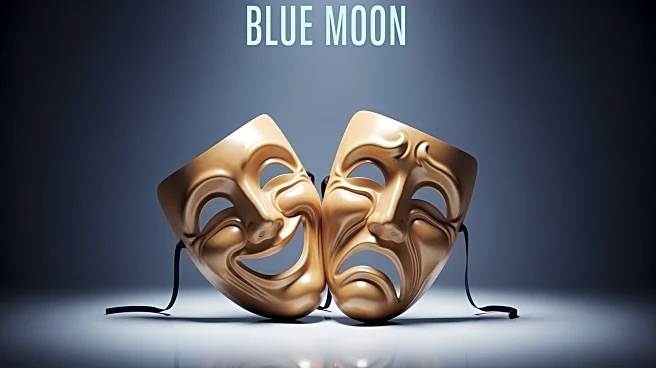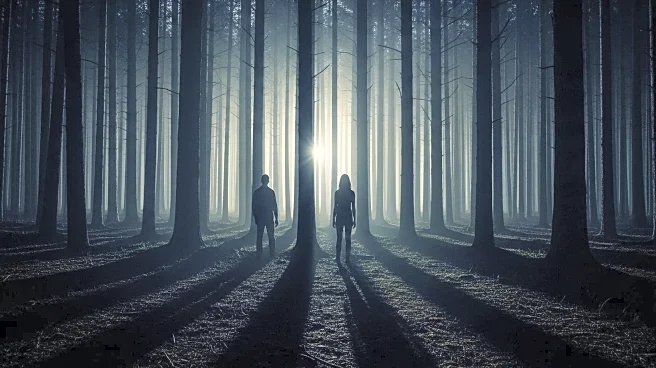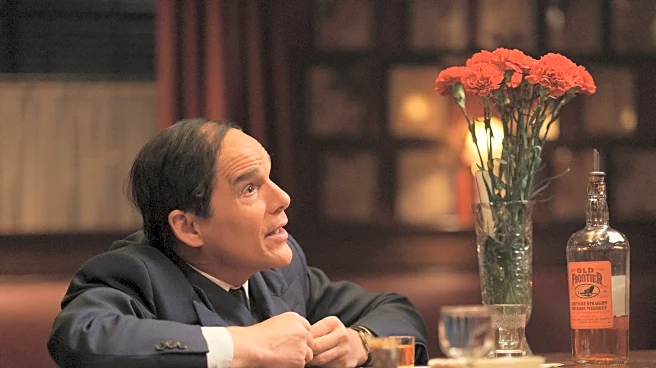What's Happening?
Universal Pictures has released 'Black Phone 2,' a sequel to the horror film 'The Black Phone,' directed by Scott Derrickson and written by C. Robert Cargill. The film continues the story of The Grabber, a masked killer played by Ethan Hawke, who returns
from the dead to haunt Finn and his younger sister Gwen. Unlike typical slasher films, 'Black Phone 2' features a unique twist: the present timeline has a kill count of zero. The narrative unfolds as Gwen receives mysterious calls in her dreams, leading her and Finn to a winter camp called Alpine Lake, where they confront The Grabber in a mix of dreamscape nightmares and real-life horror. The film explores themes of vengeance and the struggle to solve cold cases involving missing children.
Why It's Important?
'Black Phone 2' challenges conventional slasher film tropes by focusing on psychological horror rather than physical violence. This approach may influence future horror films to explore deeper narratives and character development, potentially attracting a broader audience. The film's unique storytelling could impact the horror genre by encouraging filmmakers to innovate beyond traditional formulas. Additionally, the film's success could bolster Universal Pictures' reputation for producing compelling horror content, influencing industry trends and audience expectations.
What's Next?
The release of 'Black Phone 2' may prompt discussions among filmmakers and audiences about the evolution of the horror genre. As the film gains traction, it could inspire other studios to experiment with unconventional horror narratives. The film's reception will likely be analyzed to determine its impact on future horror productions. Universal Pictures may consider expanding the franchise further, exploring new storylines or characters that continue to defy genre norms.
Beyond the Headlines
The film's focus on psychological horror rather than physical violence raises ethical questions about the portrayal of violence in media. It challenges the notion that horror films must rely on graphic content to be effective, potentially leading to a cultural shift in how horror is perceived and consumed. This development may encourage filmmakers to prioritize storytelling and character depth, fostering a more nuanced approach to horror cinema.


